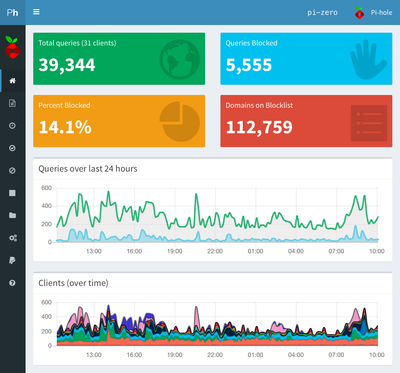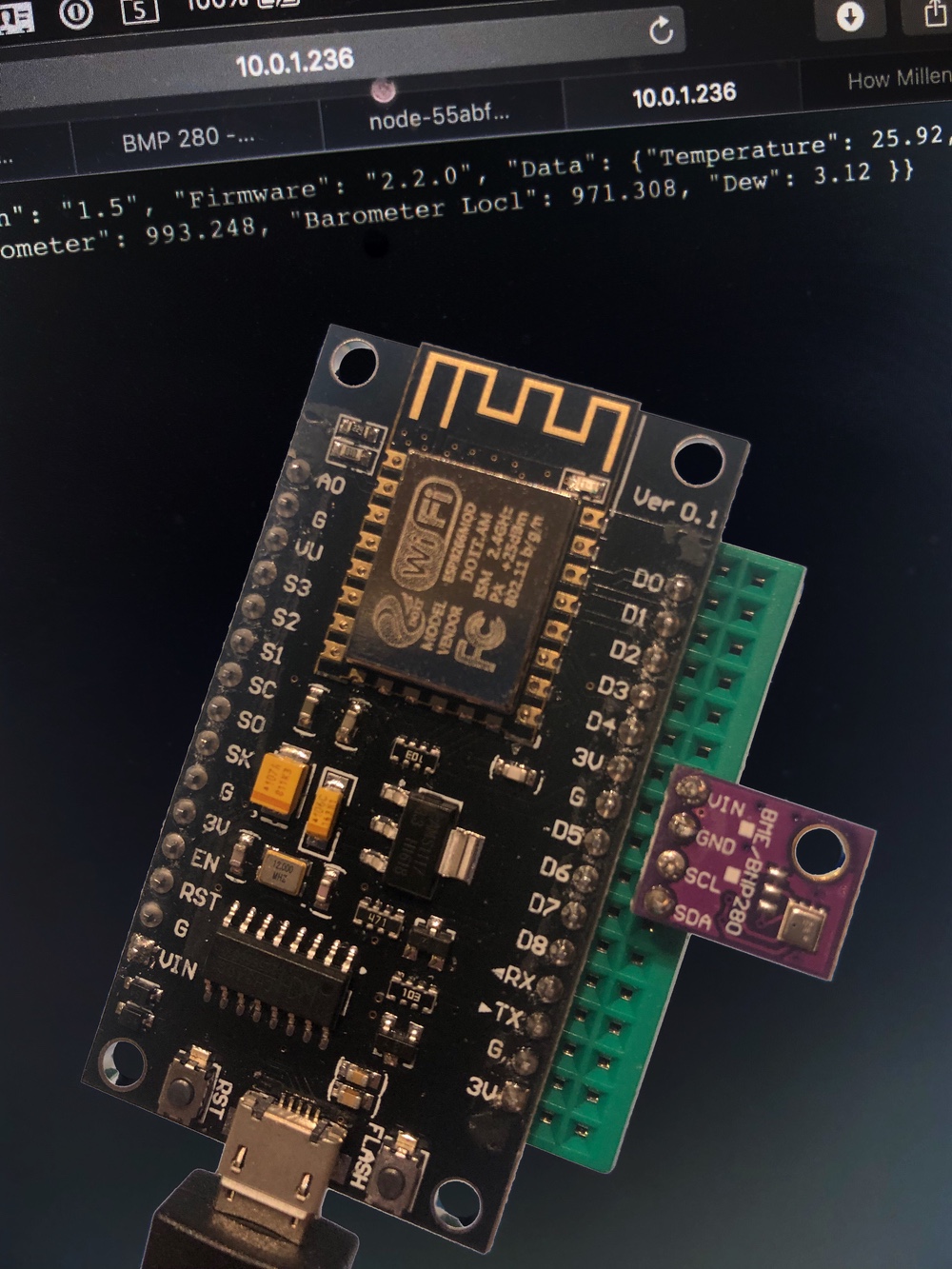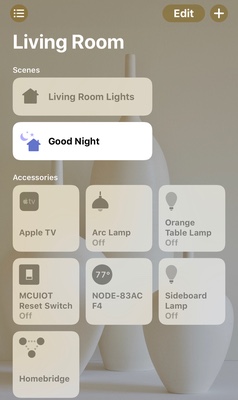Programming note: Welcome to the first Working Paper newsletter of 2019! This year, I’m aiming to deliver about 30 editions… meaning it will become a bi-weekly, with a few special editions when we need to share something faster.
I write the newsletter to achieve two goals:
- synthesize my thinking on technology and media
- interact with some of the smartest people we know on these topics.
As such, if you find something interesting in the newsletter, do something about it. Write back to me, ask questions, forward it to a friend, etc.
Now, on to the letter.
Maybe the generative Internet isn’t entirely gone
Home automation and open-source IoT are the new ‘build-your-own-pc’
The first time I visited the Wan Chai Computer Centre in 2009, I was mesmerized. Not only could I buy every component I needed to build a top-of-the-line PC — and get it today! without ordering online! — but there were also an incredible number of hardware and software ideas on display. Netbooks were on the ascent, and Microsoft was thinking about how to do touch-based computing (having come to realize the excellence of the iPhone). I spent hours, parted with very little money, and left with one of the first “convertible” format laptops, along with inexpensive components for a desktop PC.
However, many have wondered if this era of “generativity” spurred by open PC infrastructure alongside open-source software is long over in the world of App Stores and sealed-in batteries.
For the past few years, I’ve agreed. I didn’t build any PCs. I bought iOS devices, and do 90% of my work on an iPad. I lamented leaving Sim Lim Square, Singapore’s equivalent of Wan Chai, empty handed last year because there was nothing I could use.
I changed my thinking late last year, when I figured out what to do with the Raspberry Pi I’d left in my drawer since its 2012 inception: run a Pi Hole to block all ads and trackers on my network (including inside apps).
 The stats dashboard from my Pi Hole this morning
The stats dashboard from my Pi Hole this morning
The ad-blocking DNS server is still great (for the technical audience: I’ve also switched to Cloudflare as my upstream DNS with nice speed improvements), but I’ve started two more projects that have been surprisingly useful: home automation and inexpensive backup.
Today’s tech links deal with the main piece of enabling software for automation, called Homebridge. It’s — shockingly — a bridge between many different connected home devices and Apple’s HomeKit protocol. I’ll write (or link to) more on actually setting it up in a future working paper, but the point to make here is more broad:
We’re back.

With open-source software and crazily inexpensive open-source hardware, one can pretty easily tinker with and connect multiple closed devices. I’ve connected my NestCam and my hand-made, $5 WiFi temperature and humidity sensors to Apple’s walled garden of a home automation system. Each input is on equal footing. And the result is a delightful system for my apartment.
 It might be a blizzard outside in Chicago today… but not in the living room.
It might be a blizzard outside in Chicago today… but not in the living room.
It’s generativity, but at a different layer of the stack. I used to mess with the devices; now I mess with the network of devices. (And, if I’m willing — I can dive back into the device-level at any time.)
Will most people build their own home IoT devices? No. But most people didn’t build their own PCs. Those who did invented new ways of doing things. That was enough.
Glad to be back, and more in a few days,
Andrew
Media
- There were a host of layoffs in the news world this past week at BuzzFeed, Huffington Post, and Gannett.
- I think the core of it is that all three of these players still rely heavily on undifferentiated advertising to large audiences. That market is likely gone forever, abdicated (or rightfully earned, depending on your view) to Google and Facebook.
- Unless you’re a huge brand and you have both advertising and other revenue, you’re in a tough spot. Broad-based players like BuzzFeed and the HuffPo lack the brand of CNN, The New York Times, or the Washington Post, and also lack significant alternative revenue streams.
Hacks
- There’s much more to come on the open-source, low-cost, home IoT topic, but, to get things started, here’s a few links of note:
- Hubs (central repositories to connect multiple types of equipment, and in some cases, automate them)
- For those exclusively in the iOS ecosystem, the choice is called Homebridge.
- If you use multiple device types, the path forward is the significantly more powerful (and, unfortunately, complex) HomeAssistant.
- Inexpensive hardware (both to run a hub and also to “sense” things around the house)
- Raspberry Pi 3B+ (with, perhaps, a touch screen) – good for running a bunch of things at once, including if you plan to process video and/or using it as a big remote control.
- Raspberry Pi Zero W – an incredibly inexpensive yet capable device: you can run Homebridge on one, and also set it up, with a camera, to be a security camera for well under $50.
- ESP8266-based Microcontrollers These are a post unto themselves, but: they’re Arduino-like tools. They host a bunch of GPIO pins attached to a WiFi chipset and an open-source “OS” that runs very simple Lua code. Attach sensors or other things to interact with the real world.
- Hubs (central repositories to connect multiple types of equipment, and in some cases, automate them)
Upgrades
- Slightly unexpected as a travel upgrade, but I’m in the process of switching my pharmacy to PillPack.
- Because meds come in per-dose packets, I can grab the right days, toss them into my dop kit, and go. Nice.
- There’s a consumerization of healthcare post in here… for another day.
I’m Reading
- Farewell from Arq, the thoughtful goodbye note from a Jew-ish newsletter/publication that is a (surely unintentional) counterpoint to the other media layoffs last week. Danya is in the same spot, and responding in a very different way.
